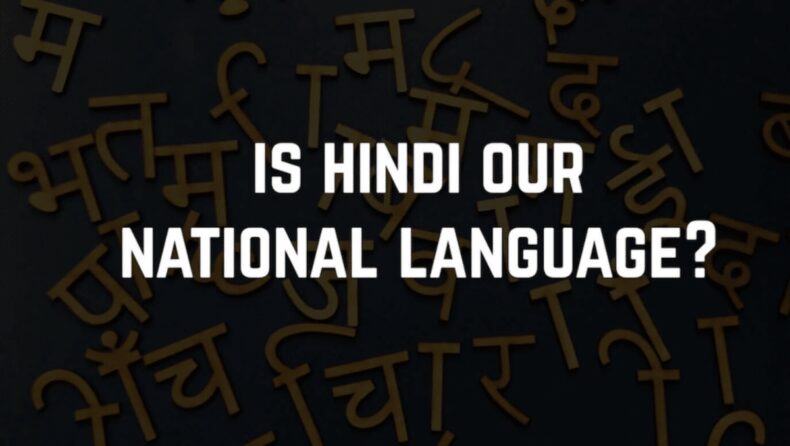PM Narendra Modi’s push to make Hindi the country’s National language is raising tension between the Hindi-speaking and non-Hindi-speaking communities in India.
One Nation, One Everything
According to the reports, the Bharatiya Janta Party (BJP) government is blamed for the imposition of the language Hindi in the region of southern and eastern India. To block the rising tide, many protests have also been ushered. In November, an 85-year-old farmer alighted himself with a banner protesting the same issue. Addressing Modi, his banner expressed, “ Modi Government, we don’t want Hindi…Get rid of Hindi.”
In a recent speech, The CM of Tamilnadu, MK Stalin, addressed that The BJP Government is trying to implement everything, even language, on the agenda of One Nation, One everything. He also added India is a diverse country with many dialects. Particular domination of a single language has been a polemic issue for a long time. However, how the Modi Government pushes Hindi to be the National language of India is tangible.

In 2019, during a rally Amit Shah, the Home Minister of India, addressed, if there is any language that can unite the whole country, that is only Hindi.”
According to the latest census in 2011, only forty-four per cent of Indians speak Hindi. But, there are 53 native languages that are entirely different from Hindi but still classified under Hindi.
Removing those native dialects, only 27% of the demography uses Hindi.
Ganesh Narayan Devi’s Critique
According to Ganesh Narayan Devi, one of India’s most renowned linguistics, the recent act to impose Hindi over all the languages is very laughable and dangerous. India is united not by one language but by the different languages it carries. India can not be India unless it carries its own native attire. It is hard to find a monolingual Indian as they perform different acts in a different language. People perform worship and prayers in Sanskrit; they use the mother tongue in family and private thoughts while using English for their careers.
The Conflict Since 1949
According to Part XVII and article 343 of the Constitution of India, the official language of the Union shall be Hindi in Devnagari Script. But nowhere in the constitution is Hindi, the National Language of India. Rather, in 1949, it has decided that India should not have any National Language. According to the Eighth Schedule list, 22 languages are selected to be recognized as India’s Official Languages. Thus Constitutionally, India does not have any National Language.
To achieve the target of imposition of Hindi, In October, Amit Shah recommended the central universities and institutes carry out teaching and exams only in Hindi instead in English. In Shah’s response, The CM of Tamilnadu, Stalin, tabled a state parliamentary resolution against the “imposition of a dominant language.” Meanwhile, he also pushed the Tamil language to be planned as the National Language. Kerala and Karnataka political parties also raised concerns over the” imposition of the Hindi language.”

In West Bengal, a robust nationalist movement is directed to stop the “Hindi imposition.” Garga Chatterjee, the secretary of Bangla Pokkho, addressed that in this country’s diversified state, Hindi-speaking people are treated as first-class citizens. In contrast, non-Hindi people, including Bengalis, are treated as second-class citizens.
The BJP Government’s Response
The target is not to replace other native languages but English, using Hindi, said the BJP government. The languages English, the western language of India’s colonizers, has been deeply ingrained in India. From using to ordering groceries to the courts, English is used diversely. Thus, the agenda is only to promote the Hindi language.













